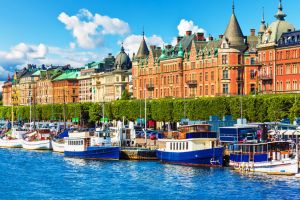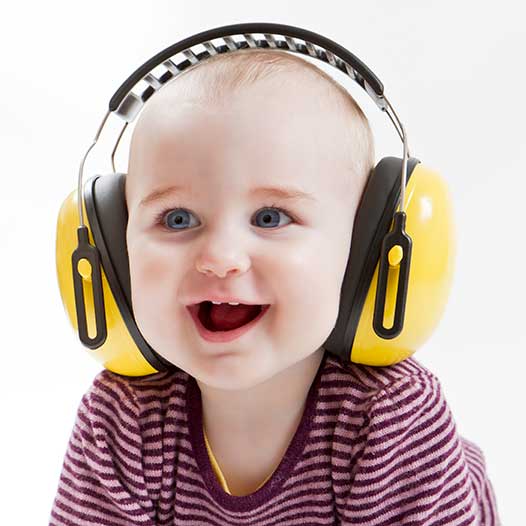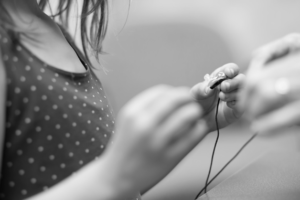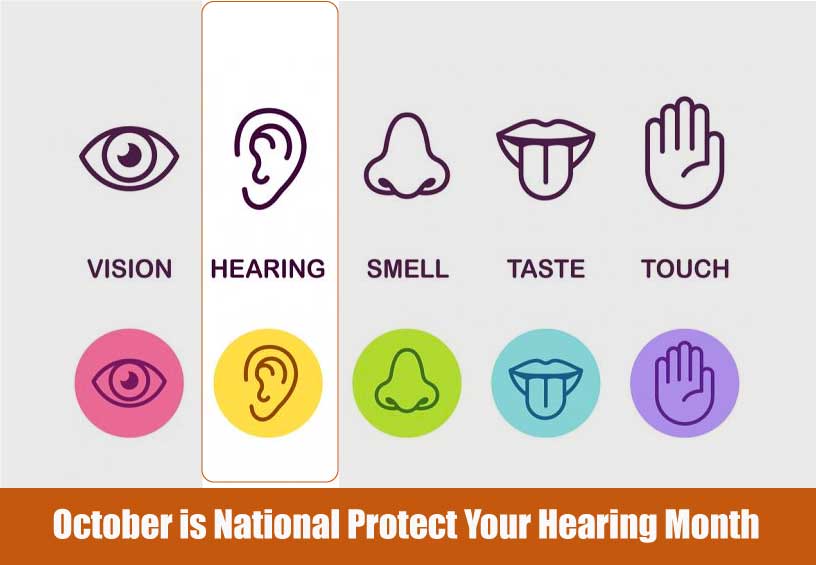“In nature, nothing exists alone.” — Rachel Carson, 1962
Nature’s gifts to our planet are the millions of species that we know and love, and many more that remain to be discovered. Unfortunately, human beings have irrevocably upset the balance of nature and, as a result, the world is facing the greatest rate of extinction since we lost the dinosaurs more than 60 million years ago. But unlike the fate of the dinosaurs, the rapid extinction of species in our world today is the result of human activity.
The good news is that the rate of extinctions can still be slowed, and many of our declining, threatened and endangered species can still recover if we work together now to build a united global movement of consumers, voters, educators, faith leaders, and scientists to demand immediate action.
Earth Day Network is asking people to join our Protect our Species campaign.
The goals are to:
- Educate and raise awareness about the accelerating rate of extinction of millions of species and the causes and consequences of this phenomenon.
- Achieve major policy victories that protect broad groups of species as well as individual species and their habitats.
- Build and activate a global movement that embraces nature and its values.
- Encourage individual actions such as adopting a plant-based diet and stopping pesticide and herbicide use.
Custom Protect Ear Carbon Footprint
By purchasing any of our hearing protection products, you are helping us give back to the community. dB Cares™ is a Custom Protect Ear (CPE) initiative created to address the impact our doing business has on the environment and to help support the people and community where we live and work. We are also committed to making a difference in the battle against Noise-Induced Hearing Loss. There is more to CPE…
dB Cares™ For The Planet

CPE is committed to becoming more sustainable by working to eliminate or offset any adverse effects our business may have on the planet. Some of the programs we initiated are:
- Reducing energy consumption and by purchasing strictly green power: generated from renewable resources. bullfrogpower.com
- Reducing landfill waste by making our protectors with a 5-year life span, and by reusing, recycling or reclaiming waste materials whenever we can.
- Making all marketing materials available in digital formats that can be supplied over the internet; and when printed, only on post-consumer papers with environmentally sensitive inks.
- Refining our production processes to engineer out any adverse effects on the environment.

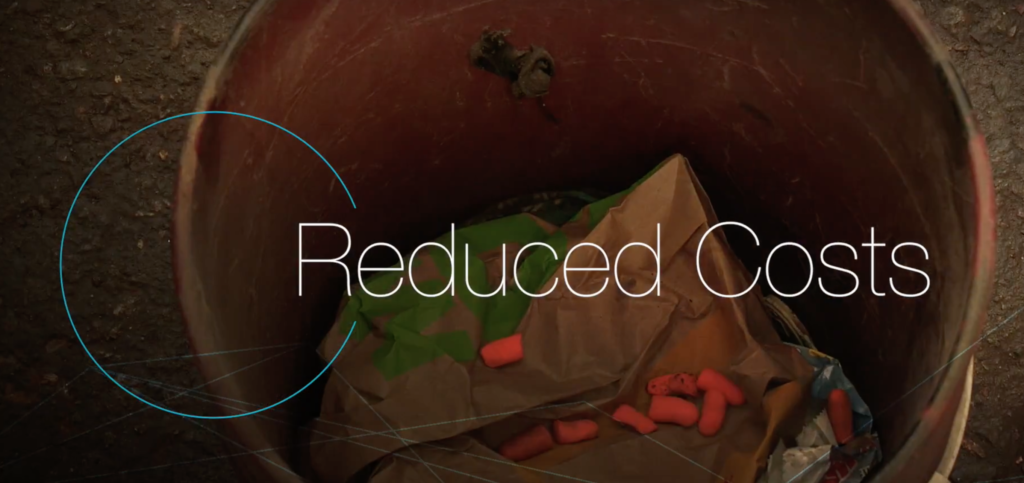
From all of us at Custom Protect Ear – Happy Earth Day, do your part.







